Here at Science Sparks, we love anything space related, especially rockets! This baking soda rocket is one of our favourites, as it's super easy to set up and can be launched over and over again!
I also have a water powered bottle rocket, film canister rocket and squeezy bottle rocket you can try too!
How to make a baking soda rocket
To make a baking soda rocket, you will need
Small 500ml bottle - empty
Cork which fits tightly inside the neck of the bottle
Half a piece of kitchen roll ( paper towel )
One tablespoon baking soda - bicarbonate of soda
Vinegar or lemon juice
3 Straws
Tape
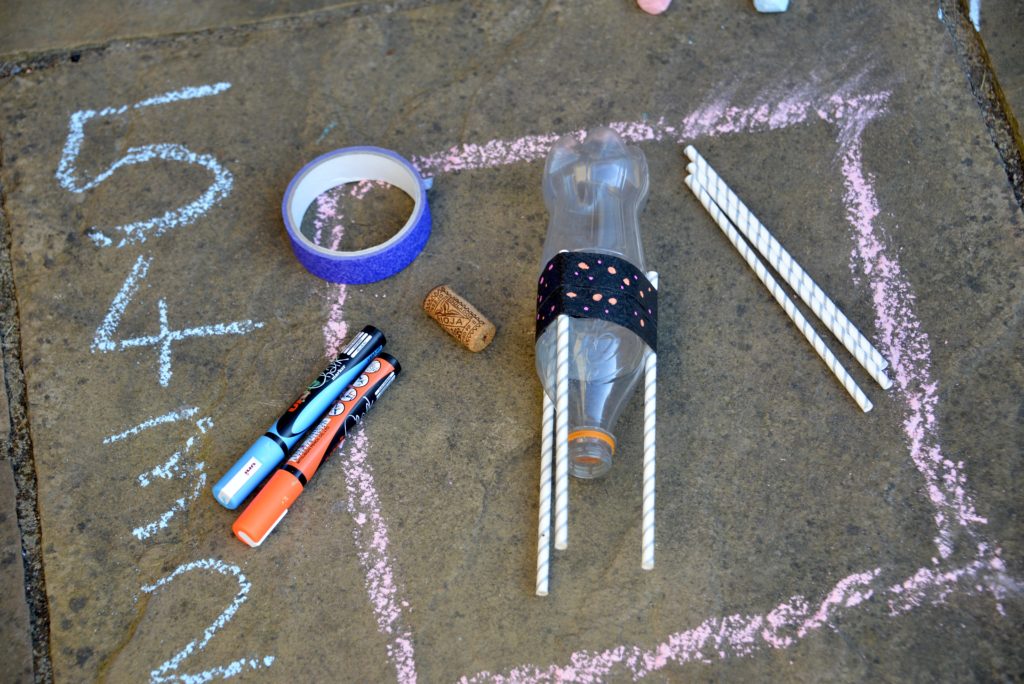
Instructions
Use the tape to attach three straws to the side of the bottle, so it stands up upside down.
Pour about 2 cm of vinegar into the bottle.
Wrap the baking soda in the kitchen roll to make a little parcel.
Choose a launch area outside. It needs to be a hard surface.
When you're ready to launch, drop the baking soda parcel into the bottle, quickly add the cork, put the rocket down and stand back!
Warning - make sure you have a clear, empty space and keep observers well back from the launch site as the rocket shoots up very quickly.
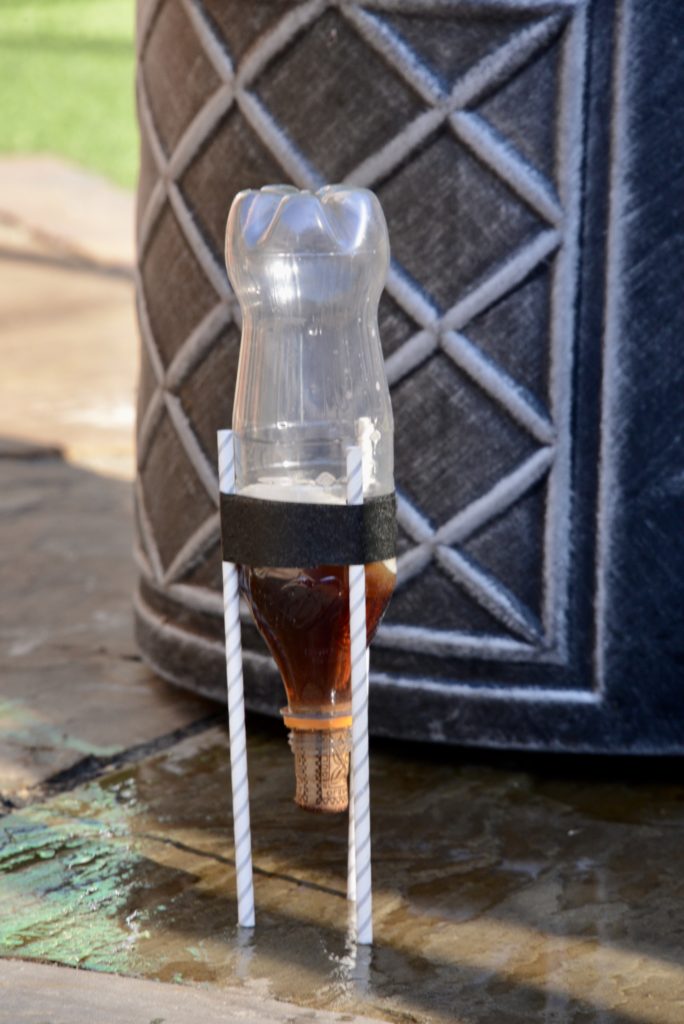
Baking Soda Rocket Top Tips
The cork needs to be tight, so the gas cannot escape.
To slow down the reaction, wrap the baking soda ( bicarbonate of soda ) in half a sheet of kitchen roll before adding it to the bottle. This slows down the reaction and gives you time to put the cork in and stand the rocket up.
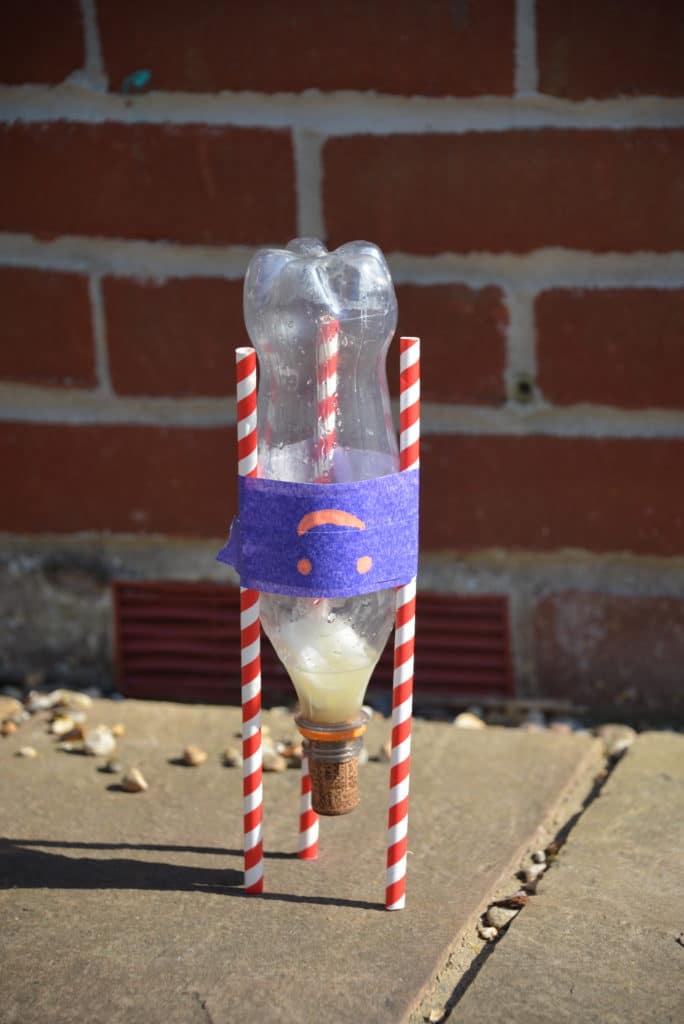
Why does a baking soda rocket work?
Baking soda and vinegar react to neutralise each other, which releases carbon dioxide gas.
The carbon dioxide gas builds up inside the plastic bottle. When the pressure of the gas in the bottle is high enough, the cork is forced out of the bottle.
The downward force of the cork being forced out of the bottle creates an upward thrust force which makes the bottle shoot up into the air. This is an example of Newton's Third Law.
For every action there is an equal and opposite reaction.
Warning - Take care when setting this up, and wear eye protection as the bottle can shoot up very quickly!
Download my Baking Soda Rocket instructions here.
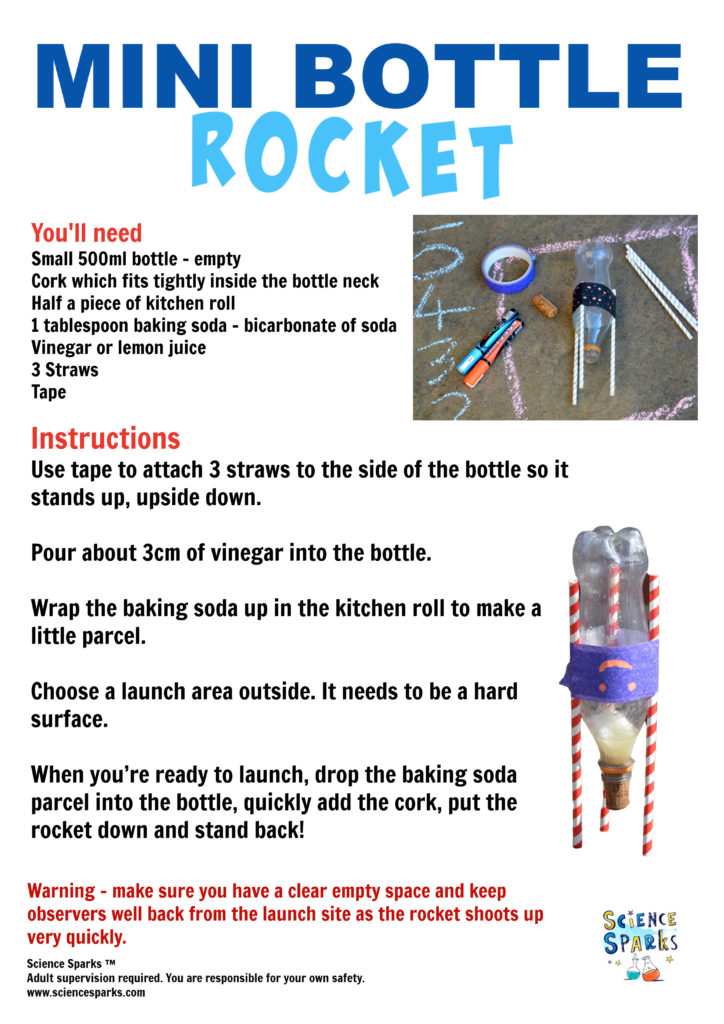
Baking Soda Rocket Extension Tasks
Different combinations of vinegar and baking soda
Try experimenting with different amounts of vinegar and baking soda to find the perfect combination. Remember, you don't want the reaction to happen too quickly, but enough gas needs to be produced to force the cork out of the bottle!
Lemon juice as rocket fuel
Try lemon or lime juice instead of vinegar. Investigate whether lemon/lime juice is as effective as vinegar.
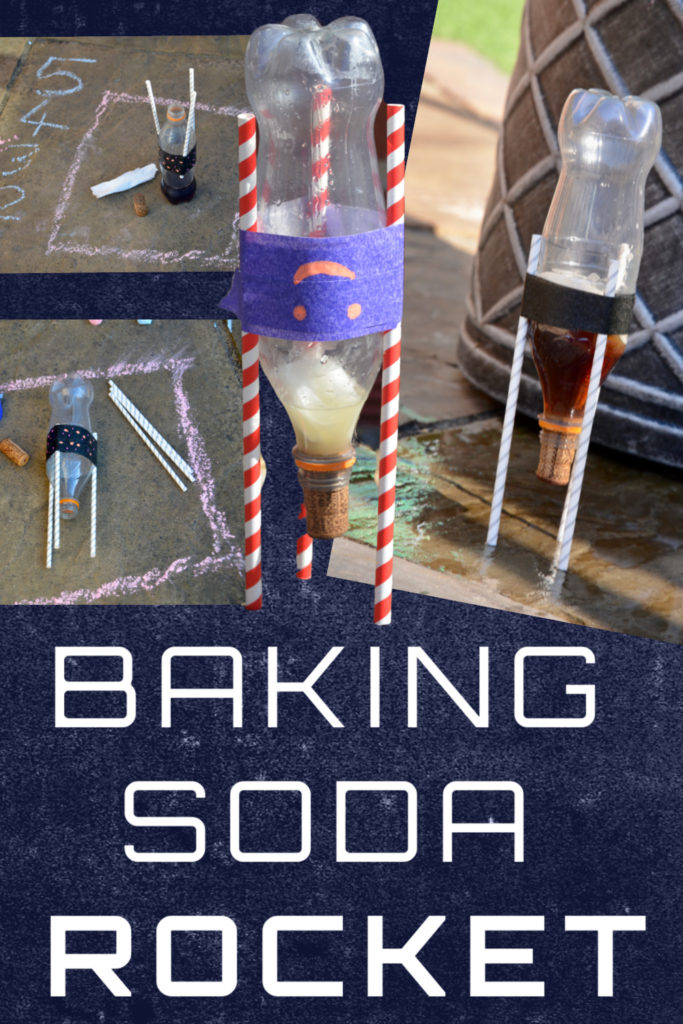
More Space Science Experiments for Kids
Discover how craters are formed using marbles, flour and hot chocolate powder.
Or why not set up your very own space camp?
If you're looking for EVEN more space science ideas, you can find SEVENTY exciting space-themed experiments in my book This IS Rocket Science!
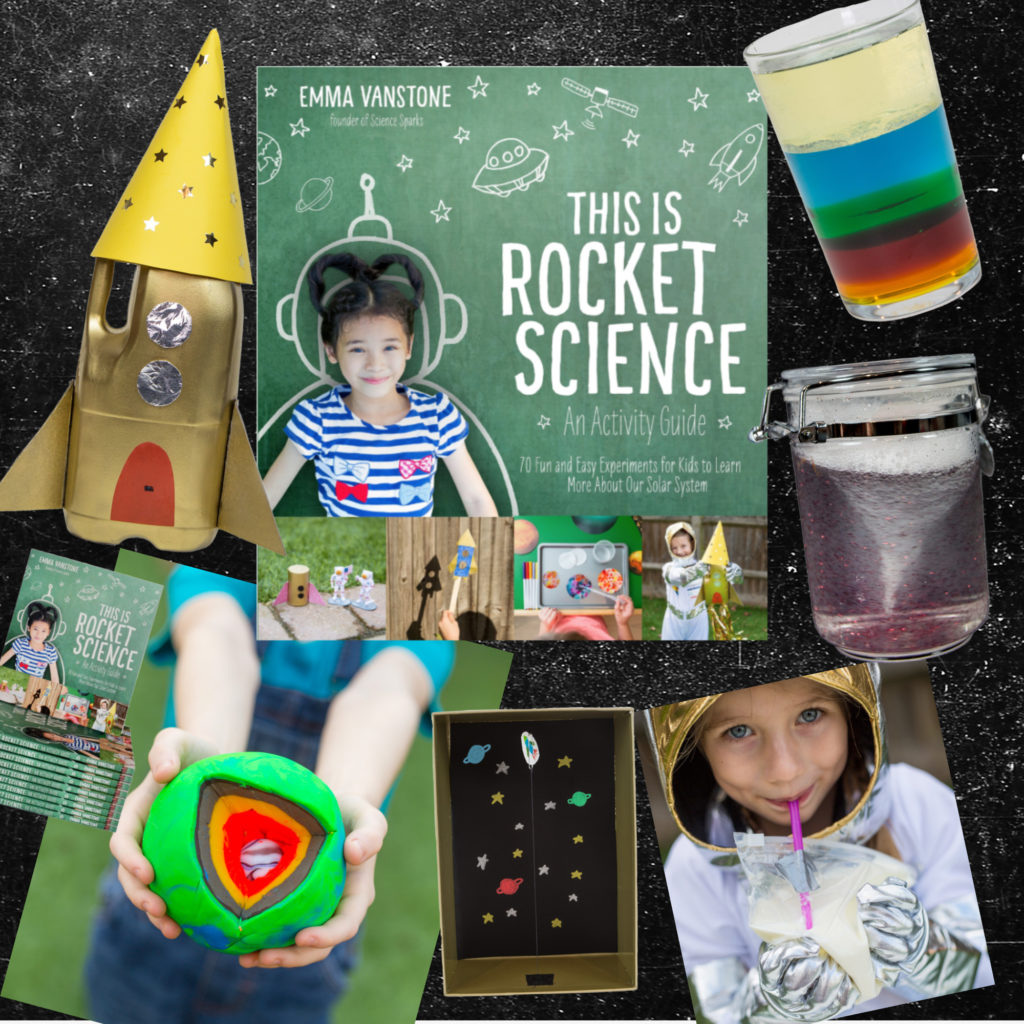
Last Updated on April 9, 2024 by Emma Vanstone
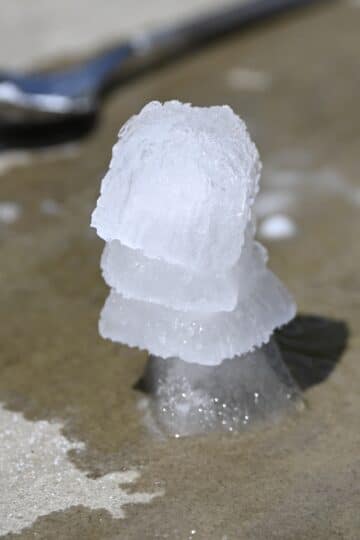
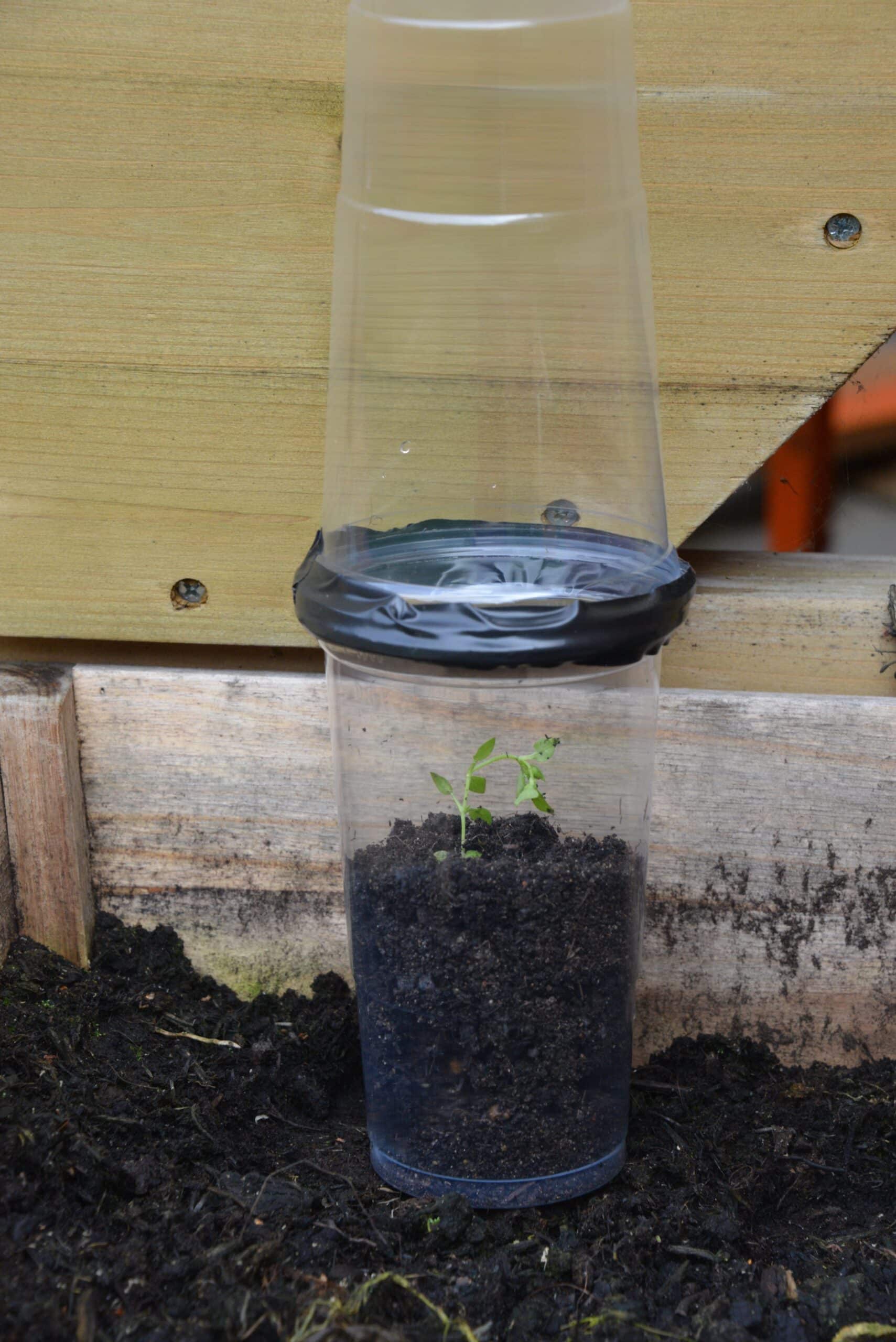
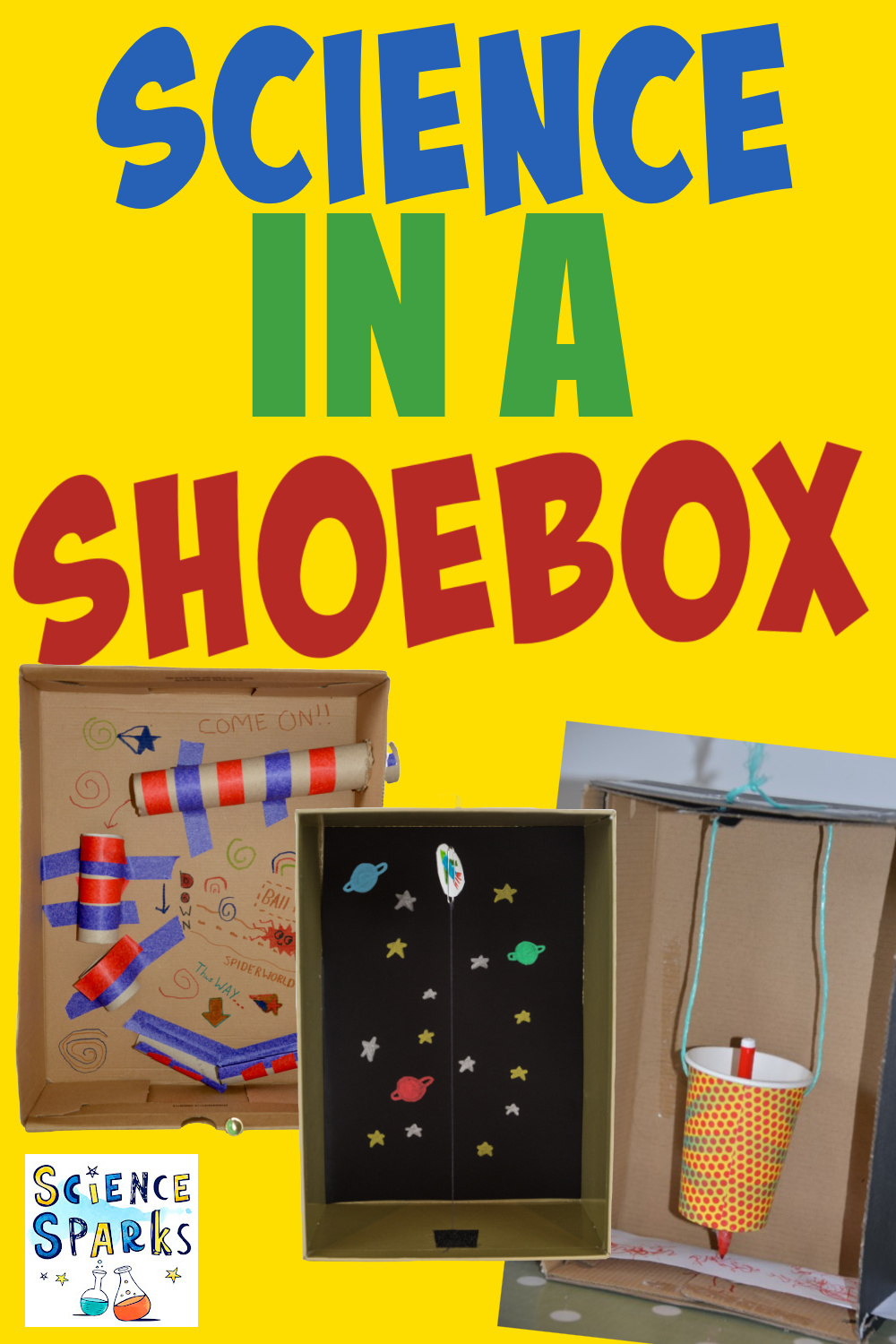
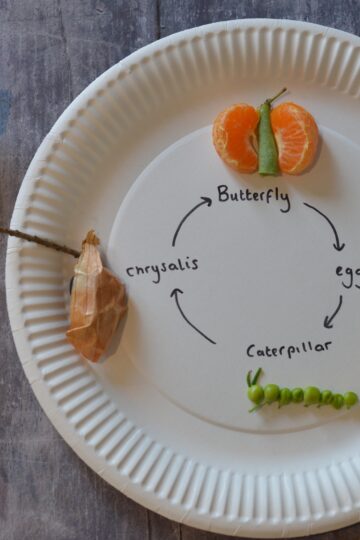
Kelly Twigg says
Tried this today with my children at nursery. It went so well we had to do it 3 times. They loved it and was a great way to celebrate space week!
Emma Vanstone says
That's brilliant to know, thank you!
zeah says
This is a great project for a school science fair, I did this with my 2 friends and it went great! we used lemon juice instead of vinegar because my friend was very allergic to strong acidic smells.
this was a good project !
highly recommended.
Endrea says
What is 'kitchen roll'?
Emma Vanstone says
Sorry, it's maybe known to you as kitchen towel? Basically a disposable roll of thick tissue used in the kitchen!
Rachel says
Daughter loved these experiments! Great way to pass March Break. Playing and learning…. 🙂
Angie says
Hello 🙂
What cork size do you use in your 500ml plastic bottle? Thx
Emma Vanstone says
Just a normal wine bottle cork usually works, but it depends on the size of your bottle.